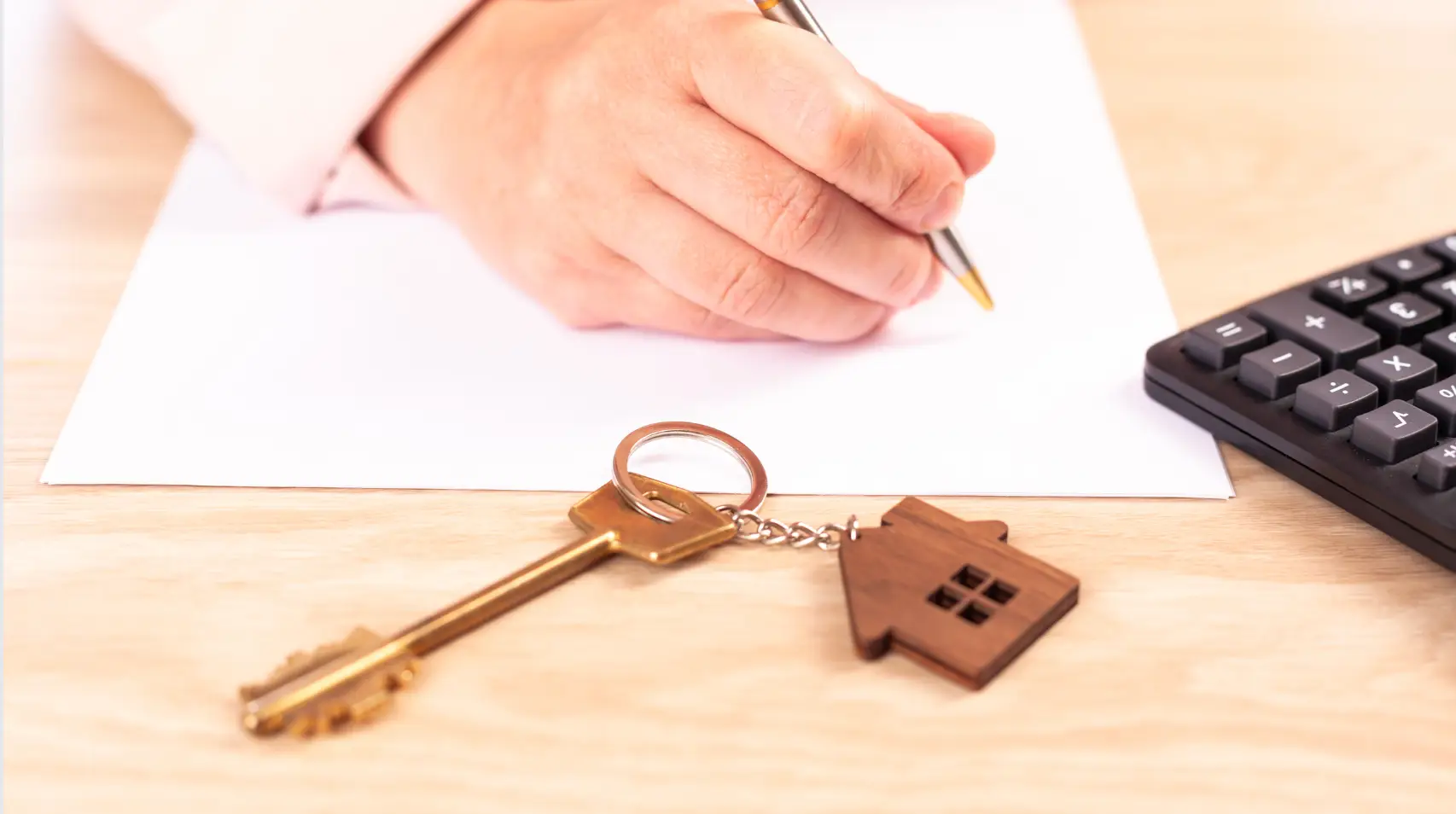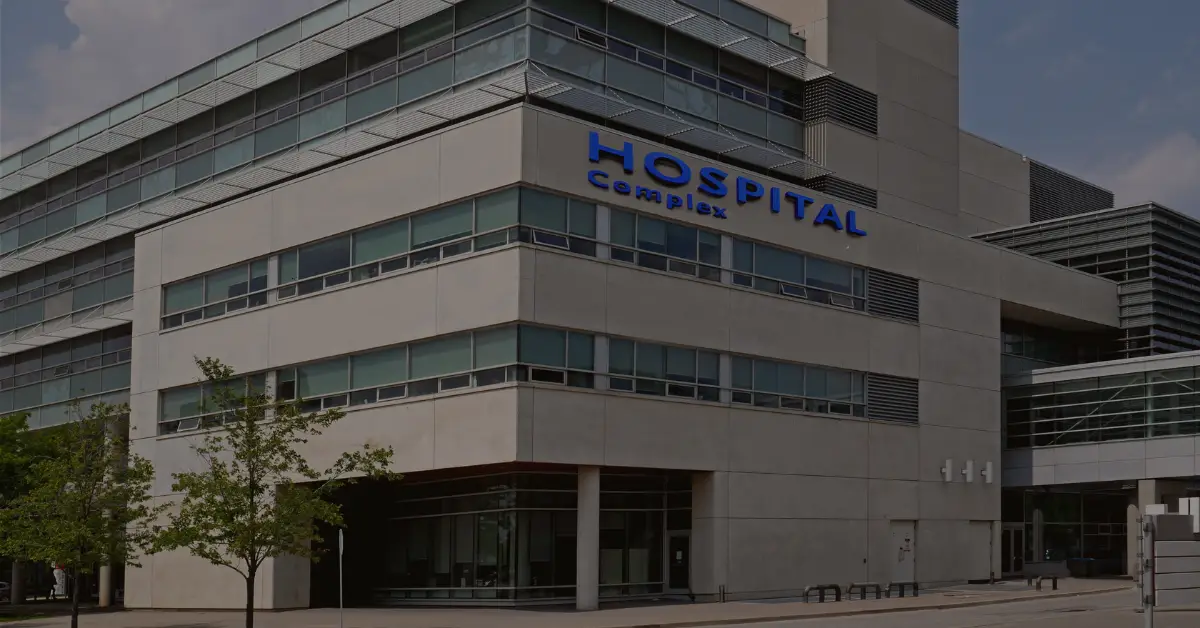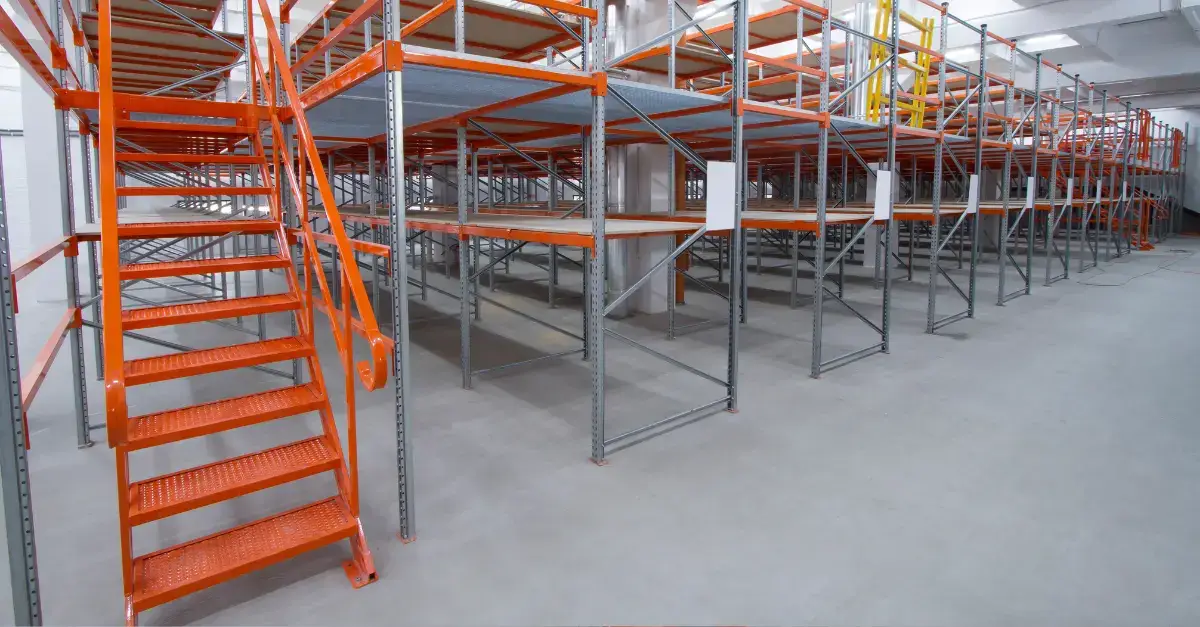Looking for commercial property for lease? Whether you’re a first-time leaser or an experienced business owner, entering the world of commercial property leasing can be a significant commitment.
If you’re looking for a commercial property to lease, and your plans include commercial fit out or commercial furniture, then at SJP Interiors we believe engaging with us from the outset of your leasing journey can significantly benefit your experience.
Offering bespoke support and expert guidance tailored to your unique requirements, we are on hand to provide as much information as possible to make sure that along the way, you’re one step ahead and not hit with surprise delays or costs.
From finding the perfect location to understanding rental costs and negotiating agreements. Below we’ve got all the essential information you need to help you prepare for leasing a space.
- Finding the Perfect Commercial Property
When it comes to leasing commercial property, location is key. Begin by researching the local property market, considering factors like property availability, tenant demand, and rental values. Your choice of location should align with your business’s specific needs, whether it’s a high-footfall area for a restaurant or convenient transport links for a distribution warehouse. Keep an eye out for regional incentives and initiatives like Business Improvement Districts and Enterprise Zones.
Next, determine the type of commercial property that best suits your business. Assess your space requirements, taking into account factors like the number of employees, processes, and machinery. Think about future growth and whether you might need more space down the line. Ensure the property has the necessary planning permissions for your business activities and be prepared to seek landlord consent for any alterations.
Consider additional factors such as transport links, congestion charges, parking facilities, delivery capabilities, and proximity to customers and staff. The overall condition of the property is crucial, so be vigilant for signs of damp, cracks, plumbing issues, or other defects.

- Understanding Rental Costs
Rental costs are a significant aspect of leasing commercial property. Determine how much rent your business can afford and explore payment frequency options, whether quarterly or monthly. Be aware that rent reviews, typically every few years, can impact your expenses, so stay informed about rental trends and forecasts. Seek advice from commercial estate agents to make an informed decision.
Business rates are another consideration, as they apply to non-residential buildings in England and Wales. Learn about rateable values and the uniform business rate (UBR), and keep an eye out for exemptions like small business relief. Factor in service charges, energy costs, professional advice fees, local authority charges, and other expenses when budgeting for your commercial property.
- Negotiating the Tenancy Agreement
Secure your commercial property through a lease agreement or license. Leases offer long-term stability, with flexible options like rent-free periods and break clauses. Pay close attention to the contract’s details, including service charges, lease reviews, subletting, repairs, and personal guarantees.
For shorter-term occupancy, licenses are suitable, and they come with fewer obligations than leases. Service contracts are common for serviced office spaces, providing various arrangements for workspace, desks, and secretarial services.
- Making an Offer and Finalising the Agreement
When you’re ready to make an offer, negotiate terms with the landlord’s agent. Once accepted, consider asking the landlord to stop marketing the property to prevent competing offers. The heads of terms document outlines key agreement points, serving as a draft contract.
Conduct a building survey to assess the property’s condition thoroughly, and create a Schedule of Condition report with photographs for reference. Perform a local search to uncover any plans affecting the property and the surrounding area. Additional searches, like flood risk assessments, can provide a comprehensive view.
- Completing the Deal
Exchange contracts when the necessary funds are in place, and both your commercial agent and solicitor are satisfied with the property and contract. In Scotland, the letting becomes legal only upon completion, which follows the terms outlined in the heads of terms document.

Conclusion
Leasing commercial property is a significant decision, and this guide has equipped you with the knowledge needed to make informed choices. Remember that thorough research, negotiation, and understanding of the costs involved are key to a successful leasing experience. Whether you’re starting a new business venture or expanding an existing one, use this guide as your roadmap to finding the perfect commercial property.
By engaging with us early in your leasing process, you gain access to our wealth of experience and insights, ensuring that you make decisions that are best suited for your business needs. Remember, the journey to finding and securing the ideal commercial property is not just about following the right steps; it’s about partnering with the right team. If you are in the UK and require commercial fit out or commercial furniture services for your business, contact our team today!









